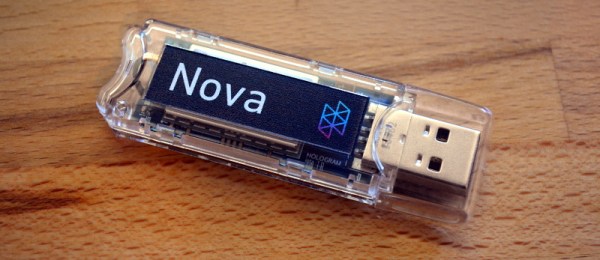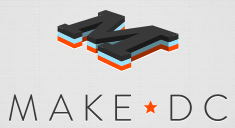Astrophotography, and astronomy in general, takes some fairly specialized tools and a high amount of precision. Setting up the equipment can also take a lot of time, especially for amateurs traveling to various locations with their equipment, so anything that can reduce the amount of time spent looking for objects and increasing the amount of time looking at them is a welcome addition, especially since nights where conditions are ideal for these activities can be rare. [Anton] developed this real-time tracking tool for deep sky objects (DSOs) to keep tabs on most of the interesting things out there a telescope can be pointed at.
[Anton] calls his tool the Nova DSO Altitude Tracker and gets its information from SIMBAD, updating every minute for a given location on the planet. With that location data, the program calculates altitude and azimuth for various objects and also helps the user keep track of other important variables like moon illumination and angle above the horizon. It also allows the user to highlight specific objects of interest, making sure they are front and center throughout the session. Each DSO can be selected from a list to display detailed information about it such as its path, time visible in the sky, and other properties.
To get the program running, essentially all that’s required is a computer capable of running Python and a display of some sort. From there it provides a quick view of the best objects to point one’s telescope or camera at without any guesswork. With all of the code available it shouldn’t be too much of a leap to do other things with the underlying software, either, such as tying it into a tracker of some sort like this DIY telescope tracking device we featured a while back.

















